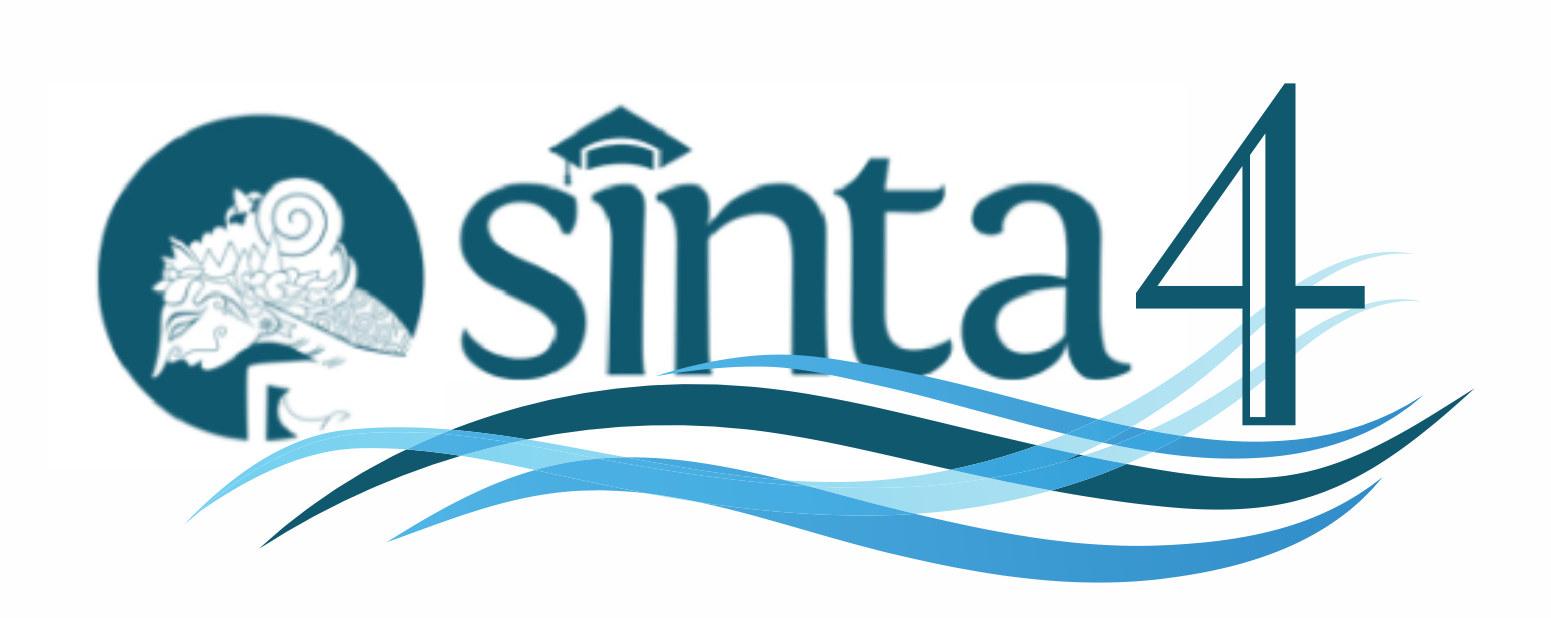Development of Virtual Mentor-Based Chembo Learning Media to Improve The Learning Outcomes of Science Education Students
Abstract
This study aims to develop Chembo (Chemical Bond) learning media based on Virtual Mentors to improve student learning outcomes in Science Education on Chemical Bonds. The research method used is research and development with 4D (four-D) design, namely definition, design, development, and deployment. The instruments used in this research were questionnaires and pretest and posttest questions. The results of the study show that the results of material validation by material experts are at number 72 which is in the "Very Eligible" category, while the validation results by media experts are 55, which is in the "Very Eligible" category. The results of students' assessment of the feasibility of learning media were in the "Very feasible" category with a conversion score of 33.82. Data on the results of student responses to chembo learning media get a value of 246.5 which, if converted, will get a value of 4.24 in the "strongly agree" category. Student learning outcomes after using Chembo learning media also experienced an increase seen from the comparison between students' pretest and posttest scores. The average score of students' pretest before using Chembo media was 48.97, while the average posttest score of students after using Chembo media was 80.86. The students' pretest and posttest gain test results scored 0.62 in the "Medium" category. Based on the study's results, it can be concluded that chembo learning media is very feasible to use in supporting the learning process and can improve student learning outcomes, especially in chemical bonding material.
Full Text:
PDFReferences
Achdiyat, M., & Utomo, R. (2018). Kecerdasan visual-spasial, kemampuan numerik, dan prestasi belajar matematika. Formatif: Jurnal Ilmiah Pendidikan MIPA, 7(3).
Agustina, I., Astuti, D., & Bhakti, Y. B. (2018). Interactive learning multimedia based based microsoft excel on the temperature and heat. Unnes Science Education Journal, 7(80), 1–6.
Alhafidz, M. R. L., Haryono, A., & Program, E. E. (2018). Pengembangan mobile learning berbasis android sebagai media pembelajaran ekonomi. Jurnal Pendidikan Ekonomi, 11(2), 118–124.
Amir, A., Azmin, N., Rubianti, I., & Olahairullah, O. (2021). Meningkatkan motivasi dan hasil belajar siswa melalui model pembelajaran index card match pada pelajaran ipa terpadu. Jurnal Pendidikan Ilmu Pengetahuan Alam (JP-IPA), 2(01), 1-6.
Andiani, R & Surtman, A. (2021). Media pembelajaran berbasis android untuk meningkatkan motivasi dan hasil belajar siswa. Jurnal Analisa, 7(1), 56-65.
Arsyad, A. (2009). Media pembelajaran. Jakarta: PT. Raja Grafindo Persada
Astuti, I. A. D., Dasmo, D., & Sumarni, R. A. (2018). Pengembangan media pembelajaran berbasis android dengan menggunakan aplikasi appypie di smk bina mandiri depok. Jurnal Pengabdian Kepada Masyarakat, 24(2), 695. https://doi.org/10.24114/jpkm.v24i2.10525
Chuang, Y. T. (2014). Increasing learning motivation and student engagement through the technology-supported learning environment. Creative Education, 5(23), 1969.
Fong, N. S., Zakaria, M. H., & Mansor, W. F. A. W. (2013). Roles of mentees via virtual mentoring. Sains Humanika, 65(2).
https://doi.org/10.11113/jt.v65.2359
Hakky, M. K., Wirasasmita, R. H., & Uska, M. Z. (2018). Pengembangan media pembelajaran berbasis android untuk siswa kelas x pada mata pelajaran sistem operasi. EDUMATIC: Jurnal Pendidikan Informatika, 2(1), 24–33.
Khefrianti, S. (2021). Pengembangan mobile learning ikatan kimia
untuk meningkatkan motivasi dan hasil belajar siswa. Jurnal Guru Dikmen dan Diksus, 4(2), 190-207
Lubis, L., & Ikhsan, I. (2015). Pengembangan pembelajaran kimia berbasis android untuk meningkatkan motivasi belajar dan prestasi kognitif peserta didik sma. Jurnal Inovasi Pendidikan IPA, 1(2), 191-201.
Munadi, Y. (2013). Media pembelajaran (Sebuah pendekatan baru). Jakarta: Referensi.
Pakpahan, R. (2021). Analisa pengaruh implementasi artificial. Journal of Information System, Informatics and Computing, 5(2), 506–513. https://doi.org/10.52362/jisicom.v5i2.616
Putri,A.N & Hasan, M.A.K. (2023). Penerapan kecerdasan buatan sebagai media pembelajaran bahasa arab di era society 5.0. Jurnal Tarling : Journal of Language Education, 7(1), 69-80.
Santoso, D., & Ramadhani, D. (2019). Pengembangan media pembelajaran berbasis android pada mata pelajaran pengenalan microdoft word di lpk sheza pontianak. Jurnal Teknologi Informasi Dan Pendidikan, 12(1), 1–5.
Sulisworo, D. (2012). Enabling ict and knowledge management to enhance competitiveness of higher education institutions. International journal of Education, 4(1), 112–121. https://doi.org/10.5296/ije.v4i1.1207
Uliyandari, M., Candrawati, E., & Latipah, N. (2022). Pengembangan media praktikum pct (paper chromatography techniques) berbasis android dengan qr code technology pada materi pemisahan campuran. PENDIPA Journal of Science Education,6(2), 501–507.
Windawati, D. M., & Sukarmin. (2016). Pengembangan media interaktif chembond (chemical bonding) sebagai media pembelajaran pada materi ikatan kimia kelas x sma. Unesa Journal of Chemical Education, 5(3), 629-636. https://doi.org/10.26740/ujced.v5n3.p%25p
Zaman, B. (2009). Pengembangan alat permainan edukatif di lembaga pendidikan anak usia dini (Paud). [online] http://file.upi.edu/Direktori/
DOI: http://dx.doi.org/10.20527/jvk.v38i2.17295
Article Metrics
Abstract view : 175 timesPDF - 132 times
Refbacks
- There are currently no refbacks.
Copyright (c) 2023 Vidya Karya
Indexed By

Vidya Karya is licensed under a Creative Commons Attribution-ShareAlike 4.0 International License.







.png)
.jpg)

